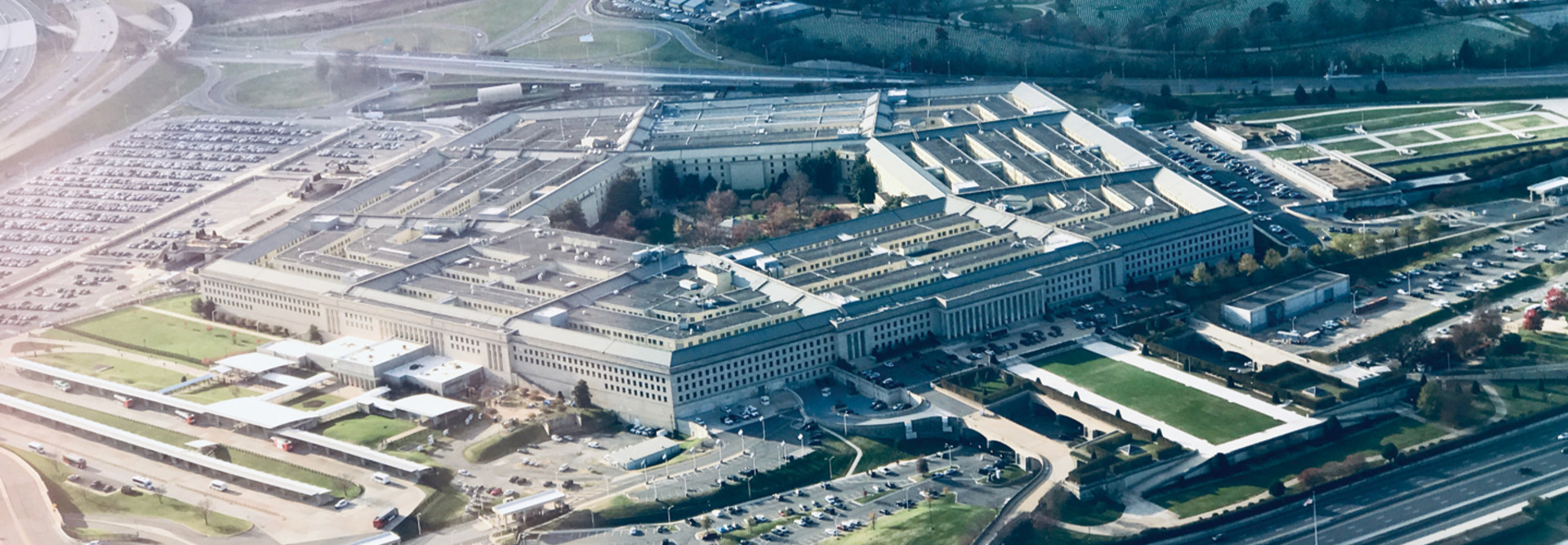How Will the Pentagon Implement JADC2?
According to the unclassified strategy, the DOD envisions JADC2 as an architecture “for developing the warfighting capability to sense, make sense, and act at all levels and phases of war, across all domains, and with partners, to deliver information advantage at the speed of relevance.”
Lt. Gen. Dennis Crall, the Joint Staff’s director for Command, Control, Communications and Computers, called the implementation plan a “seminal” document that will provide guidance to the military service branches, DOD agencies and others on how to achieve the strategy.
“The reason it’s important is that the department unfortunately has examples over the past couple of decades where we’ve gotten up to the culmination point of defining where we want to go, but we didn’t have a delivery mechanism,” he said in March, Federal News Network reports. “Who’s responsible? What order do we put these steps in? What are the prerequisites to make sure that we have an actionable plan that can be executed, with milestones and funding? If those are absent, what you end up with is a really neat story, but really nothing that comes off the conveyor belt at the other end.”
A cross-functional team is going to be implementing JADC2 across the Pentagon.
As Federal News Network reports:
Crall said the plan sets up specific mechanisms for DoD to guide investments in the JADC2 framework. A cross functional team that’s setting priorities for the overall project will send them to the Joint Requirements Oversight Council to validate each requirement, and DoD’s Deputies Management Action Group will direct funding against those priorities.
The first line of effort involves enabling the DOD to “discover and access any data and information from all warfighting domains and at all levels of warfare.” That will involve the establishment of minimum metadata tagging criteria, the adoption and use of standardized data interfaces, implementation of common data availability and access practices, using data security best practices, setting up JADC2 IT standards, and the continued application of data strategic objectives.
RELATED: How does the Army plan to unify its tactical and enterprise networks?
Next, the human enterprise involves leveraging artificial intelligence and machine learning in concert with existing human forces and support staff, as well as professional development “needed to train and educate leaders to be proficient in operations across all warfighting domain.”
The third line of effort involves enabling “secure, worldwide communications networks with sufficient speed and bandwidth to meet National Command Authority and Combatant Command warfighting needs.”
“These cyber-hardened, advanced technologies will significantly improve the commander’s ability to organize, understand, plan, decide, direct, and monitor all Joint Force and mission partner actions across all domains, and throughout periods of degraded and contested electromagnetic spectrum use,” the strategy states.
Fourth, where appropriate, JADC2 will collaborate and integrate with nuclear command, control and communications.
The final line of effort involves creating an environment in which “data from each partner’s command and control systems can be accessed, viewed, and acted upon by every other approved partner.” To do so, this line of effort will strive to “broaden and improve the Joint Force’s ability to exchange information and coordinate actions and effects in all types of combined operations.”
“This is the year of delivery and that’s exactly what we intend to do,” Crall said, according to Nextgov. “I think we’ve talked, we’ve studied, we’ve interacted, we’ve mapped. It’s now time to put these together and learn by doing.”
READ MORE: Find out how securing the tactical edge can help operators in the field.











